
There's no point in being brilliant if you can't communicate your messages.
Dr. Este Geraghty is the Chief Medical Officer at Esri where she leads strategy and messaging for the Health and Human Services sector.
Since joining Esri in 2014, Dr. Geraghty has helped organizations around the world use location intelligence to combat Zika virus, finish the fight against polio, grapple with the opioid crisis, combat homelessness, enhance health preparedness and response, inform strategic planning, optimize healthcare access, and traverse the COVID-19 pandemic while tackling inequity. Watch the short video to visualize the impacts.
The StoryMaps team recently sat down with Dr. Geraghty to discuss strategies and tools for communicating scientific information. The following conversation has been edited for brevity and clarity.

Q. Thanks for sharing your experiences with us, Este. Can you tell us a little bit about your background? How did your medical and health experience grow into a career applying place-based tools and strategies to the field?
A. I always had a passion for biology, computer science, and public communication. Before medical school, I considered ways to bring those three things together into one career.
During my medical training, I also pursued a master’s degree in health informatics. But with residency and other commitments, I didn’t have a chance to use my informatics training as much as I would have liked.
After residency, I entered a fellowship that included a master’s degree in public health. During my requisite public health informatics course, there was a single lecture that introduced GIS.
It was a lightbulb moment for me.
Q. That must have been some lecture.
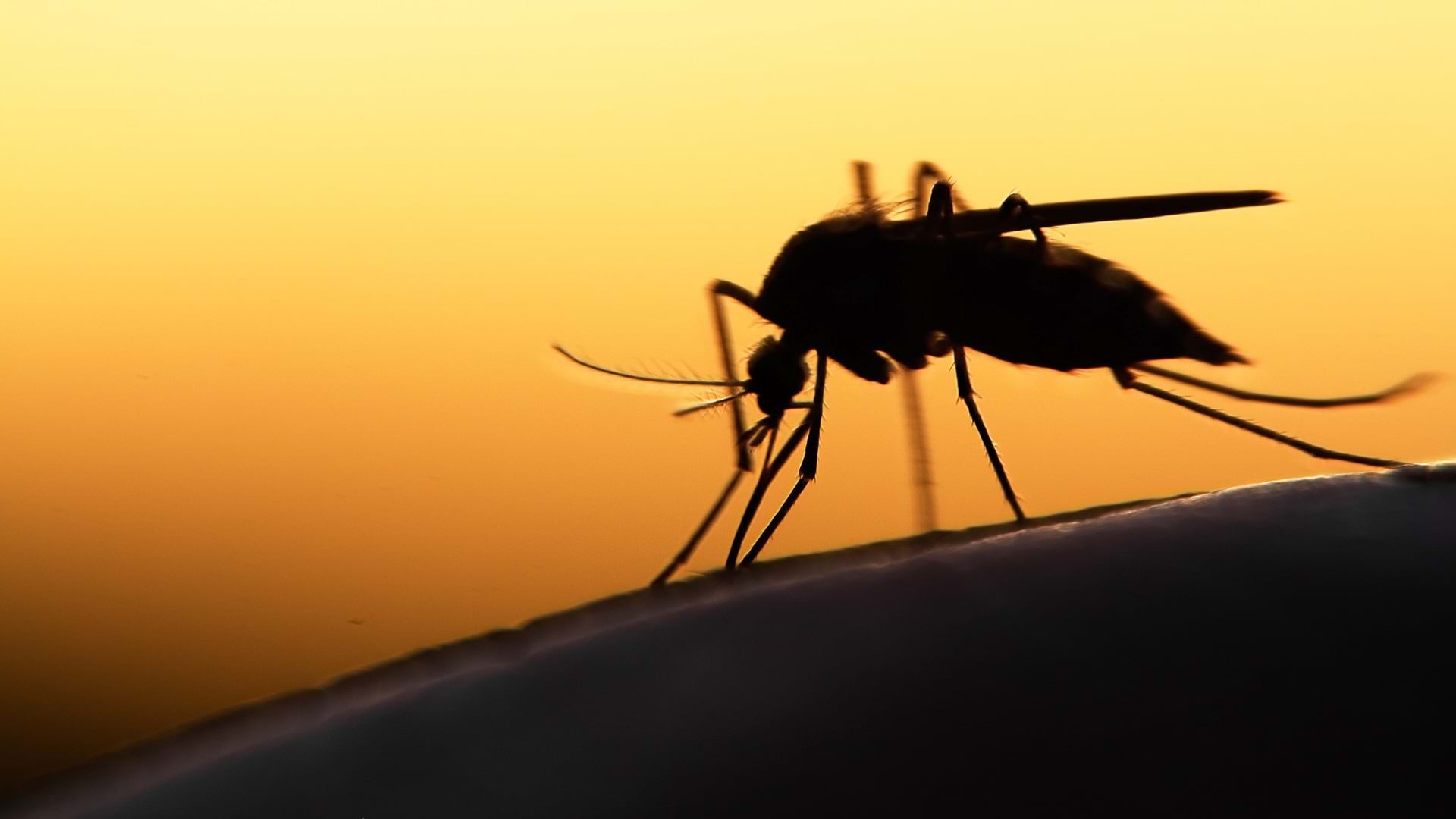
A. Yes, it was. It influenced my selection of a capstone project for my degree. After considering multiple topics, I focused on West Nile virus. My goal was to answer the question about whether exposure to the pesticides used to eradicate virus-carrying mosquitoes was more harmful to human health than West Nile virus itself. GIS was perfect for exposure estimations and this place-based research.
I took a few GIS seminars to learn enough for the project. I was hooked and soon enrolled in an associate’s degree program in GIS from the local community college. In a few months, I was teaching “spatial epidemiology” at UC Davis. I really jumped into GIS with both feet.
Q. How did that jump springboard to a career with Esri?
A. Actually, it all goes back to the lightbulb moment – the GIS lecture. That colleague, a professional with the California Department of Public Health, introduced me to Esri and GIS events. I quickly became a groupie who attended several Esri conferences and “hung out” with the Esri Health and Human Services team members. That’s how I built the foundation of my GIS professional network.
In 2013, I took a Deputy Director role leading the Center for Health Statistics and Informatics at the California Department of Public Health. At the same time, I entered a healthcare leadership fellowship sponsored by the California Health Care Foundation. In the end, all of my education, experiences in healthcare and public health, and the leadership training and practice I had, readied me for the new challenges and opportunities that Esri would bring.
Q. Were there any big adjustments moving from academic medicine and government to Esri?
A. Sure. There were several. An important one was about my mindset. As a scientist, I loved complexity and intricate analytics. After all, in academia, you’re trained to dive deep, uncover new information, lead in your field, and pursue grant funding for the next innovation. You don’t think as much about applied work or automating workflows.
So Esri changed my view about the value of applied science and technology. I became much more enamored of complete workflows that led to informed decisions and actions in support of better health.
Q. Based on your experience, how can scientists communicate effectively within a more applied space? What are the challenges?
A. Honestly, we often don’t spend enough time asking the right questions about purpose and audience in our communications.
- What message are you trying to deliver?
- Who will receive that message?
- What does your audience already know about the topic?
- What are the key takeaways for the audience? What should they remember?
- How will the audience best ‘hear’ your message? With humor? Technical language? Peer examples?
So the first challenge is understanding your audience and what they need to hear.
The second challenge – and a big one – is distilling your message to a few key points.
During my residency, I would joke that at every single noon conference (an educational meeting where residents present to each other and faculty), no matter the topic, someone would present a slide with the molecular weight of something. The molecular weight was pretty much never important to the discussion — just a part of the thoughtless firehose of information that we all seem compelled to deliver.
We are all passionate about our fields, I know. But sometimes we try to share too much. It’s ineffective. A key lesson is to really define your key messages and stick to them.
Q. Do you have any advice for those storytellers who have a difficult time narrowing down their content?
A. There are, of course, many strategies. My advice — first, be sympathetic to your audience. They’re seeking knowledge – but probably not a PhD in your topic. Don’t drown them in facts. Think about the content from their point of view. What do they already know about the topic? What is important to know? How much time and attention are they likely to give to your story?
As you tell your story, don’t get too technical or too detailed – you’ll lose them. Remember, with stories in ArcGIS StoryMaps, you can include links to additional information so readers can pursue more if they choose. Your story should focus on just the most important content.
And be intentional about the structure of your story. Break content into memorable points, like three things to know about the topic and then find 3-5 interesting ways to support each of those points (using statistics, visual cues, stories, quotations, maps, and so on).
Bottom line, make the message easy and enjoyable (if possible) to grasp.
Q. Can you speak about the role of maps, dashboards, and other visual media in a story? How does that content help readers understand a message?
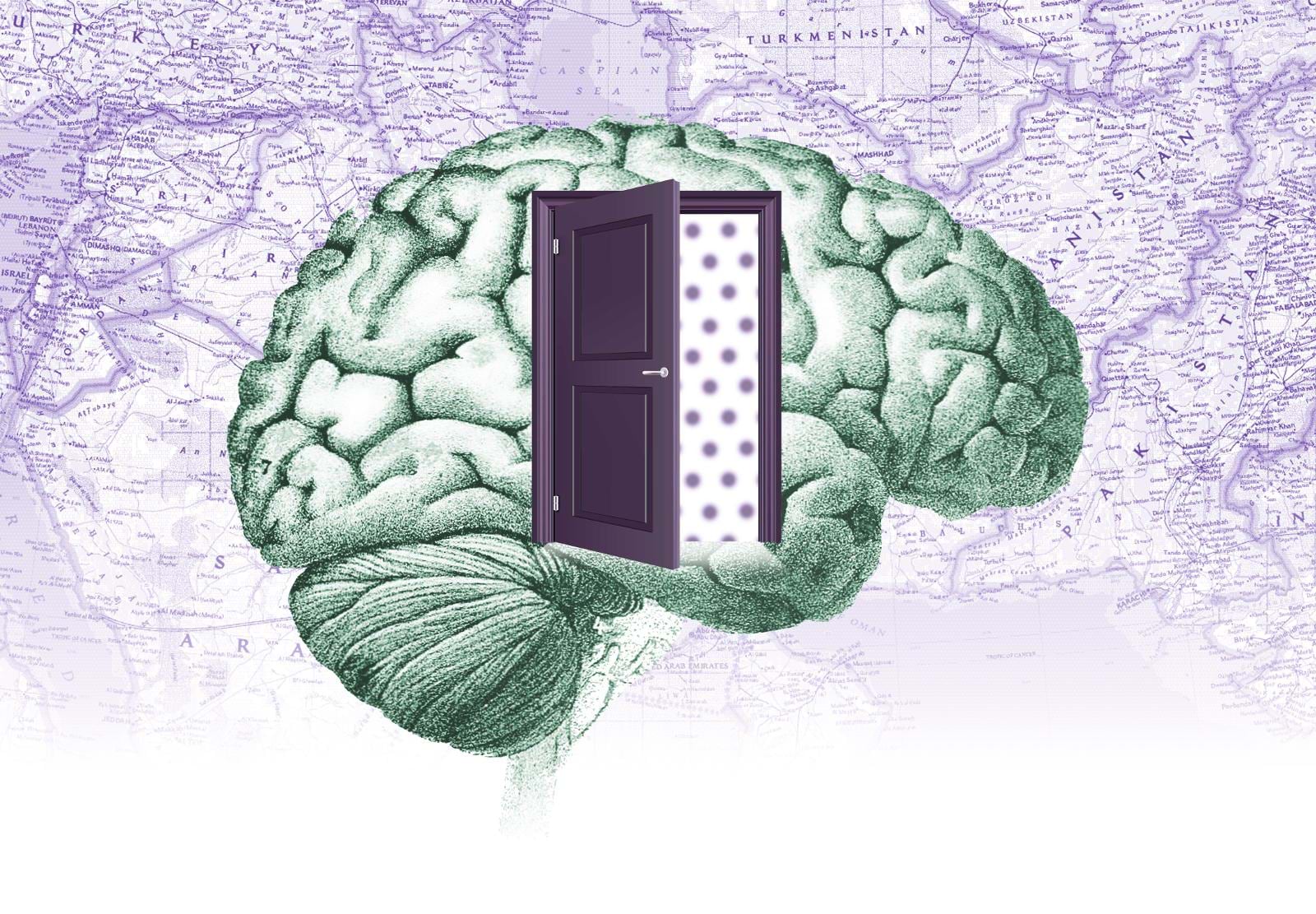
A. I’ve often said there’s no point in being brilliant if you can’t communicate your messages. We can actually use science to enhance our visual communications. Here are a few examples:
- If you show a cuddly little kitten in a story, the reader’s body releases oxytocin which can make them more empathetic. Your reader might join a cause or donate time or money.
- If you offer a dramatic or frightening story, the reader secretes adrenaline and cortisol increasing their focus and attention.
- Various colors in your visuals invoke predictable responses.
Consider the physical science behind your stories and visual choices.
Q. Is there anyone that you look to as an example or model storyteller?
A. That’s such a good question. I really like Malcolm Gladwell. His books are compelling because he makes bold assertions and then uses powerful stories to provide his evidence. He and Amanda Gorman would be some of my favorite examples of great verbal storytelling.
When it comes to great visual storytelling, National Geographic always comes to mind as well as our own John Nelson at Esri.
Watch the Importance of Storytelling presentation by the National Geographic Society at the 2022 Esri Health and Human Services Conference.
Q. Do you have a story or presentation that does a great job of keeping the content focused on the message and audience?
A. I always start story development with one important question, “Why am I telling this story at all?” If the content doesn’t match the answer, then I don’t include it.
I’m proud of America’s mental health crisis, mapped – a story I coauthored with the StoryMaps team. It aligns content with purpose well.
The story addresses three important points.
How do we understand mental health in the U.S.? The story takes a big-picture look at mental health and the rapid decline over the last several years.
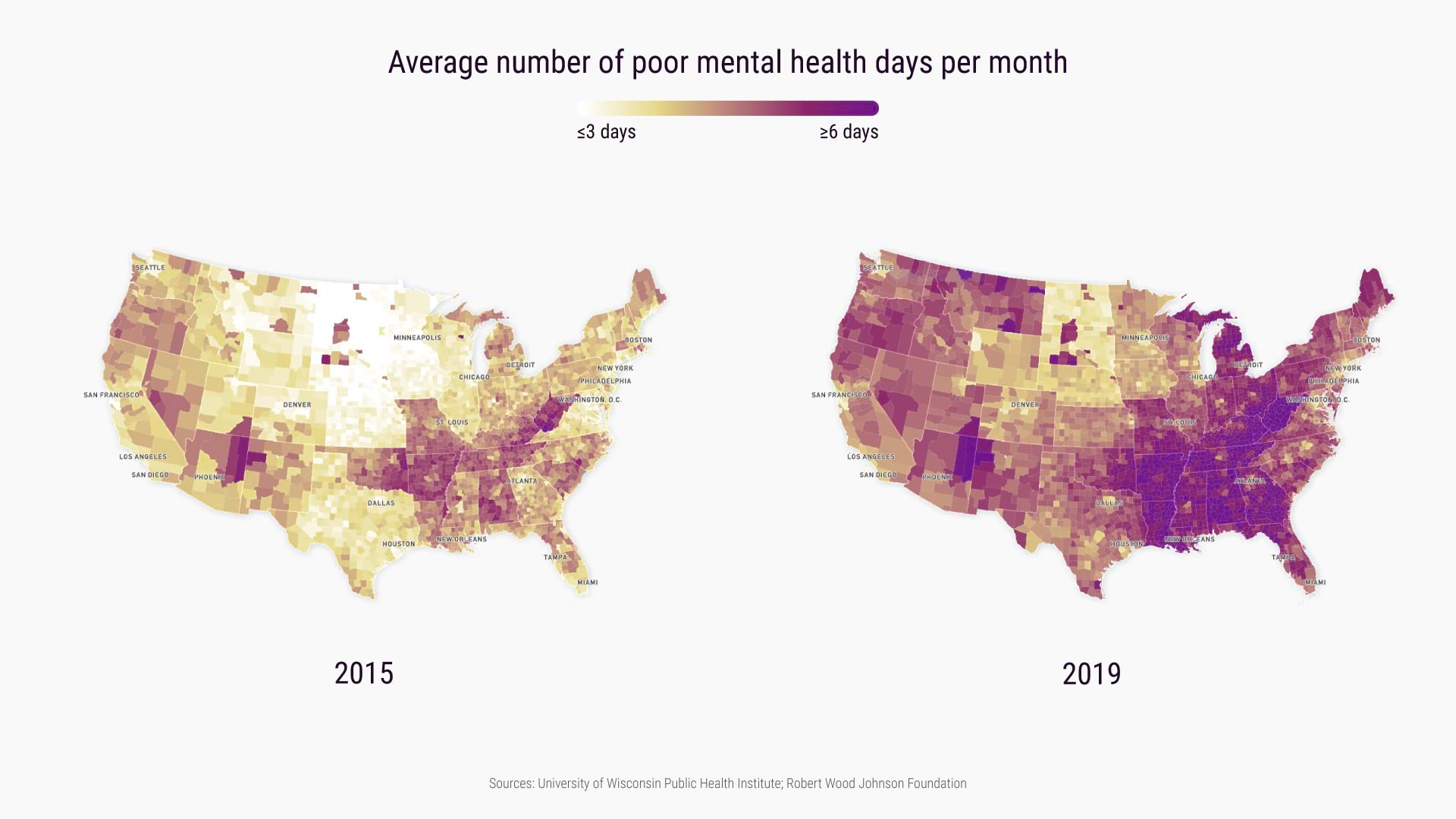
What factors contribute to poorer mental health? The story uses maps and charts to visualize those factors, giving context to today’s crisis.
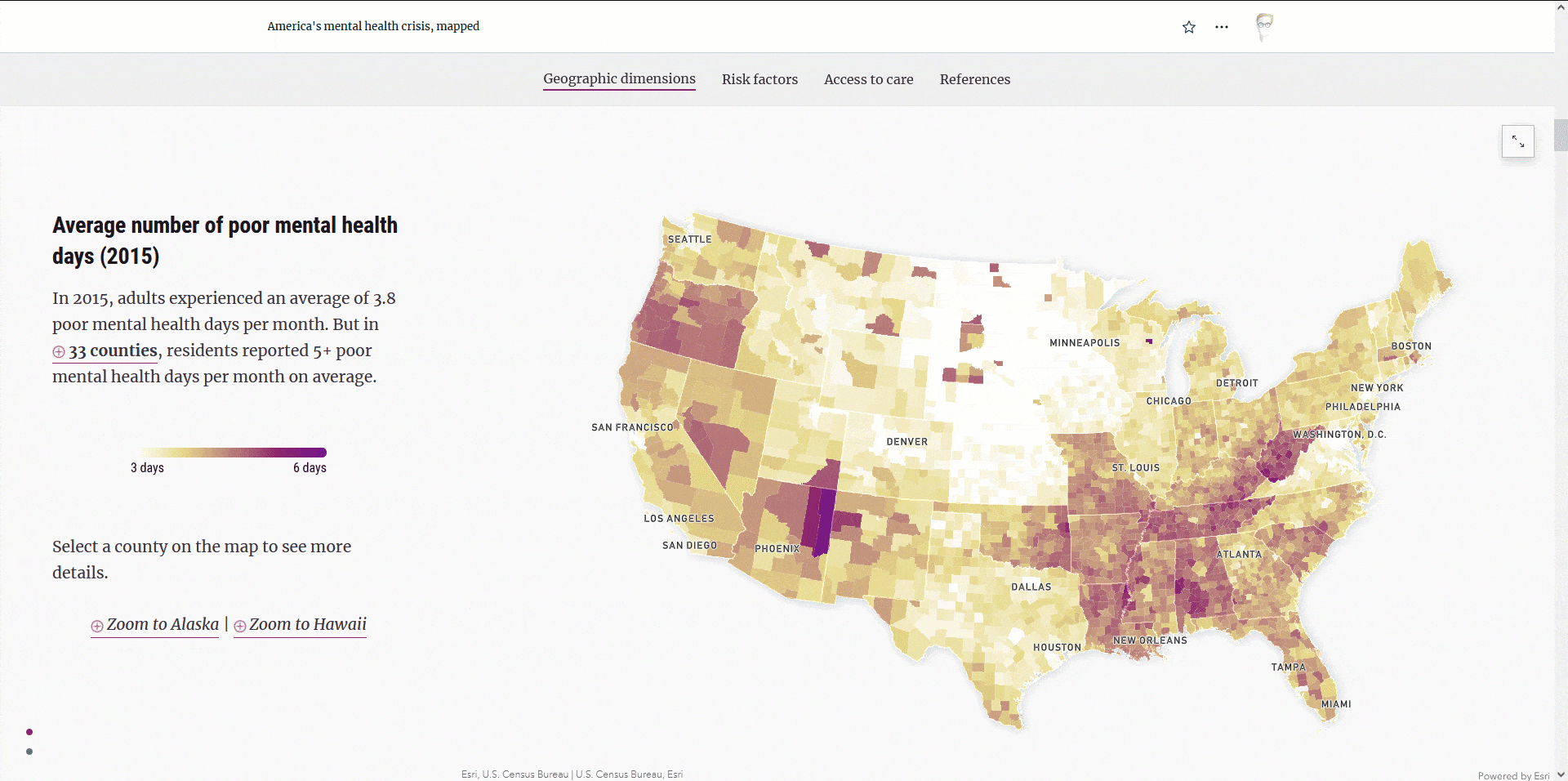
Now that we understand the problem and contributing factors, how can we strategically allocate resources to address the problem? Are there enough care providers? Do shortages in care providers occur in specific geographic locations? Are there patterns in the data across those locations?
Q. It sounds like messaging, audience, and clear goals are all important to your storytelling process? Are there any tips for organizing the information before you build a story?
A. I start with outlines for anything I create, whether it’s a blog or story or presentation. To be honest, that wasn’t always the case. But now, with an outline, I can strategically build the content that supports the story and develops my purpose or call to action, such as what I want readers to do, think, or feel after engaging in my story.
Q. Thinking about the mental health story team, what are the elements of a good partnership and, in the end, a successful collaborative story or blog post?
A. Great question!
For the mental health story, the entire team was very generous with their time and energy. They entertained all ideas without saying no. It’s important to facilitate an environment where everyone’s ideas are heard and discussed. That, of course, means allocating space within the project timeline to get it all out there. But in the end, with that diversity of thought, you have the potential to create something that no one individual could have done alone.
My Putting Mental Health in America on the Map article provides a little more information about the data, story, and partnership.
Q. Do you think storytelling is important for scientists?
A. Absolutely. I think a storytelling approach can help scientific discoveries be more readily embraced and acted upon.
For many scientists, communicating the information, in an unbiased and frankly, rather bland way is compulsory. To engage scientists as storytellers, they need to see the value of a different kind of communication. What’s the return on investment? How does it advance their work? Society?
Those who decide to engage in storytelling formats will then need to understand the time and tools needed to be successful in the endeavor.
Q. Speaking of tools, how do science communities leverage newer media platforms like podcasts, vlogs, and social media? Are there preferences or popular mediums?
A. I can provide a perspective related to health communications. In my field, scientific meetings and peer-reviewed journals, get much more respect than any media-driven communication platforms.
Of course, there’s good reason to have a foundation based in trusted sources. But additional communication and networking platforms, like LinkedIn especially, engage health scientists in new ways, bringing their humanity to bear and potentially encouraging support of sound science by the public.
I think we need champions of sound science posting across social media platforms. This is especially important if we want to reach people who use those platforms as their primary source of information. Here’s a great example of ocean science delivered through the Esri YouTube channel.
Q. Do you have any final thoughts or advice for our storytelling community?
A. Scientists are people too — with hearts, brains, and a desire to learn and be entertained. They enjoy looking at and exploring the information available in data sets, thinking about problems, and using their visual capabilities.
ArcGIS StoryMaps and storytelling can reach a diversity of individuals with different ways of thinking about the information. Storytelling can add humor, drama, shared memories, and a good dose of humanity to anyone’s learning experience.
So — to my scientist colleagues — don’t be afraid. Tell us more than just numbers and facts. And have fun sharing what you’re passionate about.

This featured storyteller interview was prepared as a part of the September 2023 | The science of storytelling issue of StoryScape℠.
For more interviews and articles like this one, be sure to check out StoryScape℠, a monthly digital magazine for ArcGIS StoryMaps that explores the world of place-based storytelling — with a new theme every issue.
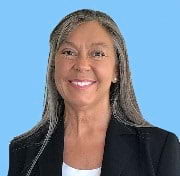
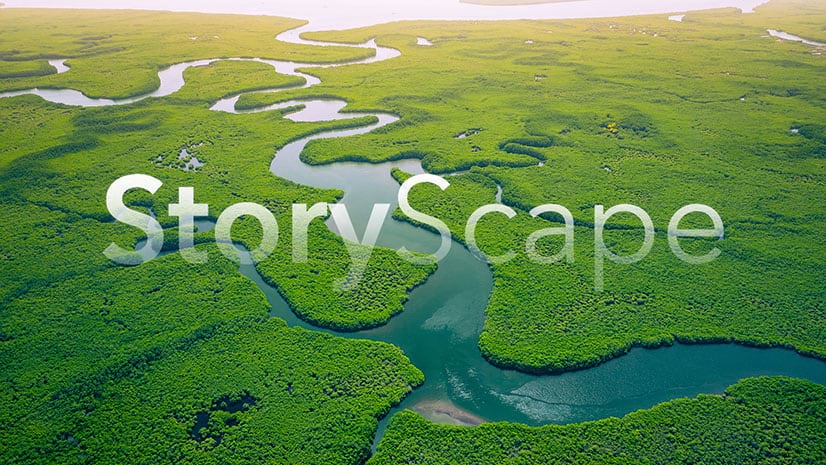
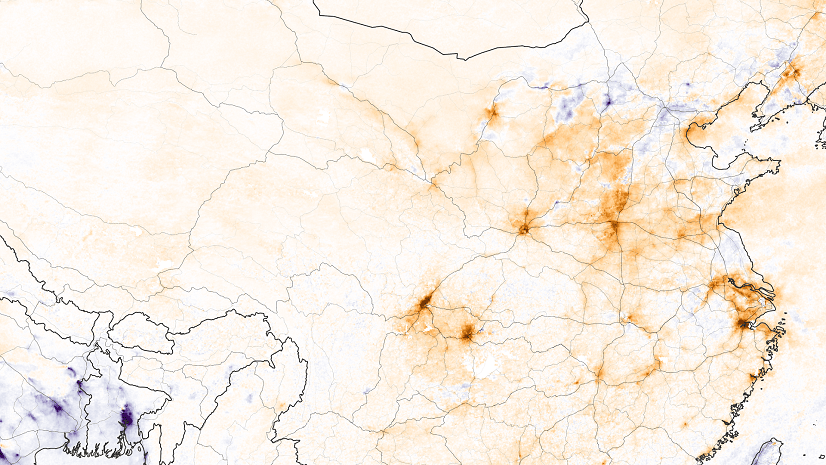
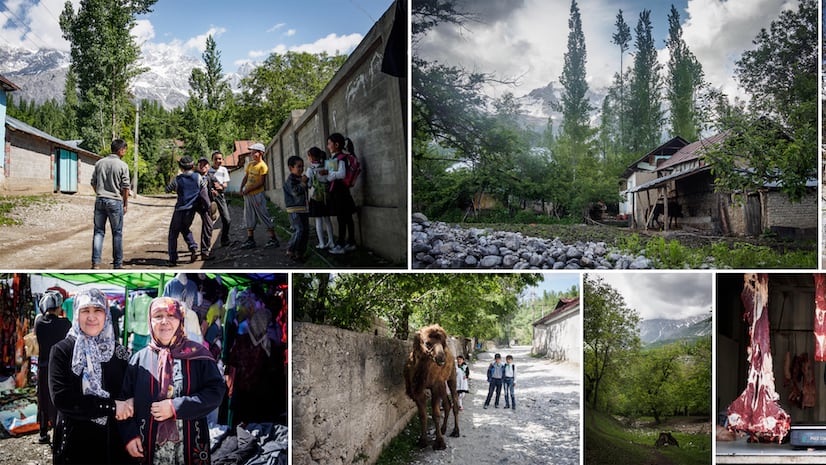

Commenting is not enabled for this article.